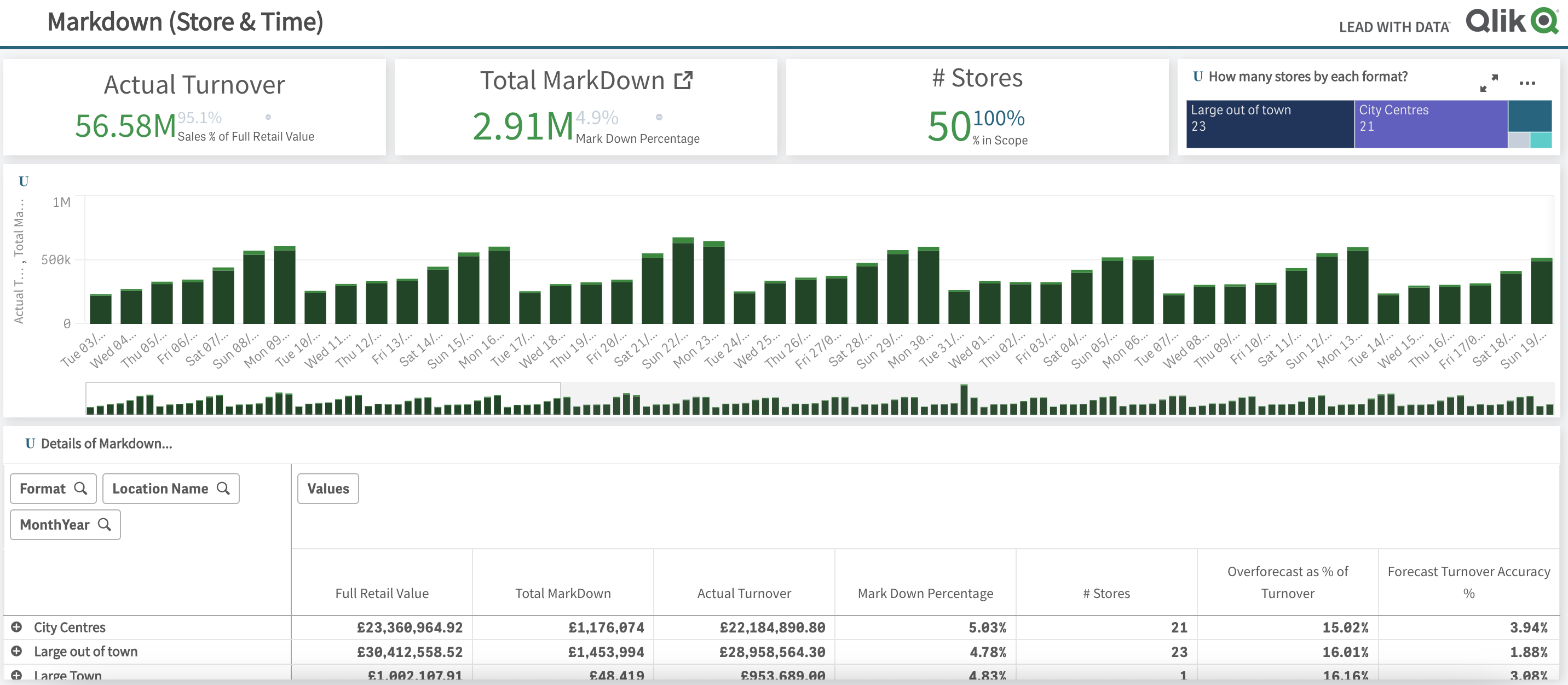Retail Data Analytics
Use data-driven insights to stay ahead of the curve, adapt to customer preferences, and outperform your competitors. In the retail industry, with customer demands that change rapidly, the growing prominence of online shopping, and the need for a streamlined supply chain, adaptability is key. To keep pace with this fast-moving landscape, retailers must leverage data to gain a deep understanding of customer behavior and market trends.
Our retail analytics solutions help you make sense of vast amounts of data and make data-informed decisions about every aspect of your business
Data is being generated continuously from every customer click and purchase, and we help you harness that data from all sources, including POS systems, e-commerce transactions, supply chain systems, and social media.
Data and Analytics Services for Retail
We help you centralize this data, analyze it and use it to keep up with customer expectations, identify market opportunities, and stay agile in an ever-evolving environment.
Product Availability
Analyze product data by category, supplier, and location to ensure that you have the right mix of products in the right stores, with the right inventory levels to meet customer demand.
Customer Behavior
Analyze customer purchasing behavior across channels and geographic markets. Use these insights to adjust product mix, focus marketing efforts, and optimize product pricing according to market trends.
Forecasting and Supply Chain Management
Improve purchasing, forecasting, and distribution management using traditional and advanced analytics. Align order, production, and delivery schedules to consumer demand and lower costs associated with excess inventory.
Store Operations
Analyze store and franchise performance by viewing trends in sales, customer traffic, and transactions. Identify top-performing and underperforming stores to make data-driven decisions.
Optimize Retail Locations
Augment consumer data with geospatial data to determine the economic value of each physical location. Use geospatial techniques like indoor mapping to optimize in-store experiences based on shopping patterns.
Promotional Optimization
Understand the effectiveness of promotional offers and their impact on sales, inventory, and product availability.
Retail Dashboards
Our intuitive dashboards provide easy access to critical KPIs and a comprehensive view of your retail operations.
Here are a few examples of how a chain of retail shops can use BI:
Inventory Management
Retailers can use BI to analyze sales data and make better decisions about inventory management. By looking at data on product demand and sales patterns, retailers can optimize inventory levels, prevent stockouts and overstocking, and minimize the costs associated with storing excess inventory.
Customer Analytics
BI can help retailers understand their customers’ preferences and behaviors. By analyzing customer data from various sources, including point-of-sale systems, online sales channels, and loyalty programs, retailers can create targeted marketing campaigns and personalize the shopping experience for their customers.
Sales Performance
Retailers can use BI to analyze sales data across all of their stores and identify trends in performance. By comparing sales across stores, regions, and product categories, retailers can identify areas of strength and weakness and make informed decisions about sales strategy and product assortment.
Store Operations
BI can help retailers monitor the performance of their stores and franchises. By analyzing data on sales, customer traffic, and transactions, retailers can identify areas where they can improve operations and customer service.
Supply Chain Optimization
BI can help retailers optimize their supply chain by analyzing data on production, transportation, and distribution. By monitoring supply chain data in real-time, retailers can identify bottlenecks and inefficiencies, optimize delivery routes, and reduce costs associated with transportation and inventory management.



